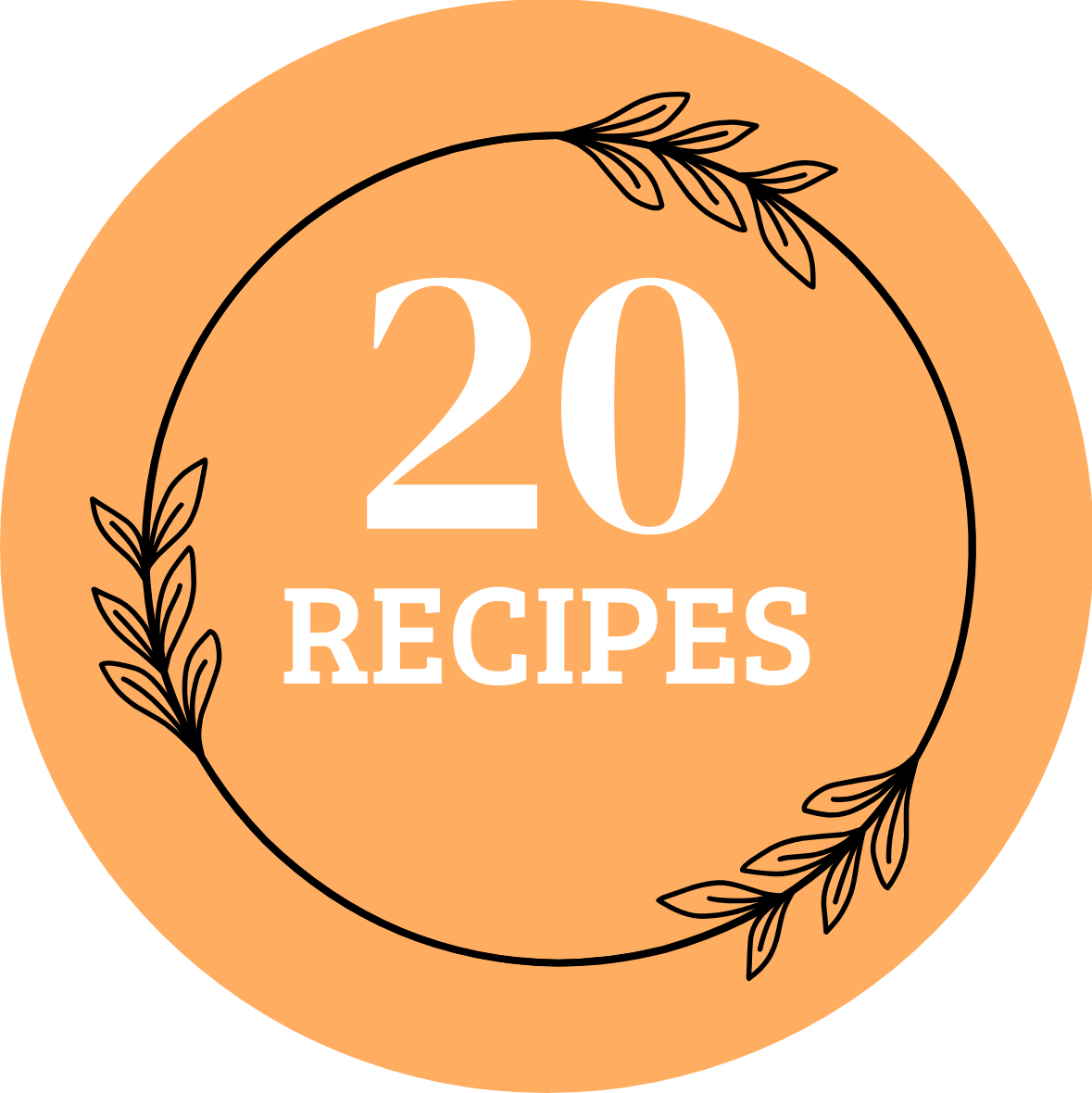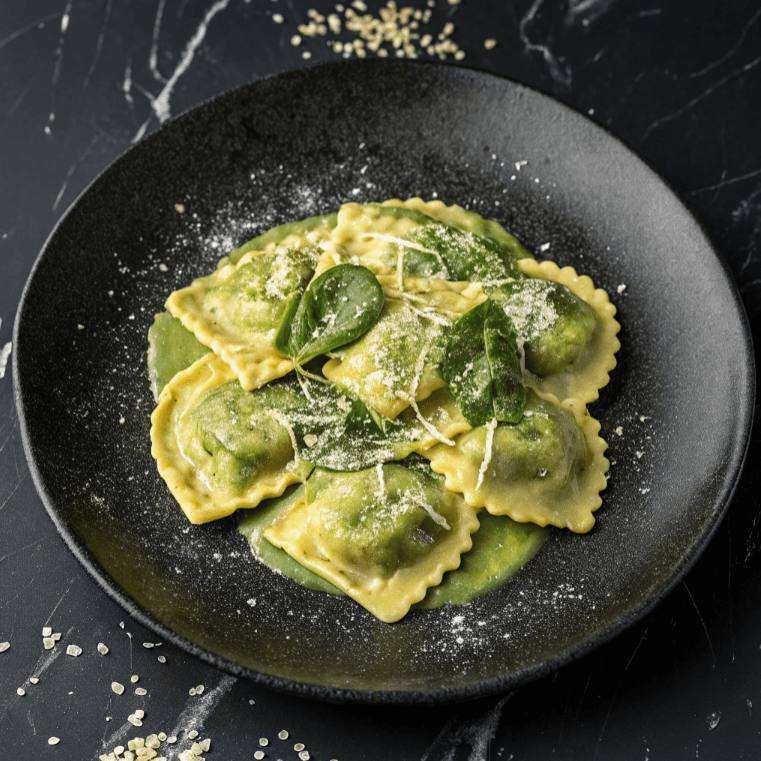Ravioli, a beloved Italian dish, often raises questions like can I eat ravioli and lose weight? Many assume that pasta is off-limits when trying to shed pounds, but research and nutrition experts suggest otherwise. This article explores how to enjoy ravioli while staying on track with your weight-loss goals through smart portion control, healthy ingredient swaps, and balanced meal planning.
Is Eating Ravioli Compatible with Weight Loss?
Many people wonder, can I eat ravioli and lose weight? The answer is yes—when consumed mindfully, ravioli can be a satisfying and nutritious part of a weight-loss diet. While it is a carbohydrate-rich food, recent studies indicate that pasta does not inherently lead to weight gain. Instead, the key to success lies in portion control, balanced ingredients, and healthy preparation methods.
Can I eat ravioli and lose weight—What Does Research Say?
Research highlighted by Medical News Today suggests that pasta, including ravioli, can actually support weight-loss goals when included in a low-glycemic diet. Foods with a low glycemic index (GI) digest more slowly, preventing spikes in blood sugar and promoting long-lasting fullness.
Studies have shown that participants who consumed pasta while adhering to calorie-controlled diets experienced weight loss without compromising satisfaction. This indicates that pasta dishes, such as ravioli, can be part of a sustainable healthy eating plan.
The Role of Ingredients and Preparation Methods
To make ravioli more compatible with weight loss, it’s essential to focus on the quality of ingredients and cooking methods. Here’s how:
- Choose Whole-Wheat Ravioli – Whole grains are higher in fiber and protein, which help maintain fullness for longer periods.
- Opt for Vegetable Fillings – Spinach, mushrooms, and zucchini provide nutrients and are low in calories.
- Use Lean Proteins – Pair ravioli with grilled chicken, shrimp, or tofu to add protein without excessive fat.
- Avoid Cream-Based Sauces – Replace heavy, calorie-dense sauces with tomato-based or broth-infused alternatives.
Smart Cooking Techniques
- Boil or Steam Ravioli – These methods preserve nutrients without adding extra fats.
- Bake Lightly with Olive Oil – This technique offers a crispy texture while keeping calories low.
- Add Fresh Herbs and Spices – Boost flavor naturally without relying on sodium or sugar.
Key Takeaway
Incorporating ravioli into your diet doesn’t mean sacrificing your weight-loss goals. Instead, focus on healthy fillings, portion control, and balanced meal planning. By following these tips, you can confidently enjoy ravioli as part of a nutritious diet without worrying about derailing your progress.
Tips for Including Ravioli in Your Weight-Loss Plan
Eating ravioli doesn’t have to sabotage your weight-loss goals. With mindful preparation and strategic choices, you can enjoy this Italian favorite without guilt. Here are some practical tips to keep your meals healthy and nutritious:
1. Portion Control is Key
- Stick to 1 cup servings (~200–250 calories) to manage calorie intake.
- Avoid oversized portions by pre-measuring servings before cooking.
- Use a food scale or measuring cup to ensure accuracy and prevent overeating.
2. Add Protein for Satiety
- Incorporate lean proteins like grilled chicken, shrimp, or ground turkey.
- Plant-based proteins such as tofu, chickpeas, and lentils can also enhance satiety.
- Adding protein ensures a balanced macronutrient profile, stabilizing blood sugar and reducing hunger cravings.
3. Boost Fiber with Vegetables
- Mix in fiber-rich vegetables like spinach, zucchini, broccoli, or mushrooms.
- Vegetables not only add volume but also help you feel fuller with fewer calories.
- Consider adding roasted or steamed veggies on the side for extra nutrients.
4. Prep Ahead for Convenience
- Prepare homemade ravioli in advance and freeze portions for quick meals.
- Opt for store-bought frozen options with whole wheat or vegetable-based pasta to save time.
- Prepping ahead helps you avoid last-minute unhealthy meal choices and maintains portion control.
5. Choose Healthy Sauces
- Replace heavy cream-based sauces with light tomato, pesto, or broth-based options.
- Add fresh herbs, garlic, or lemon juice for flavor without extra calories.
- Use a splash of olive oil instead of butter for healthier fat content.
6. Pair with Nutrient-Dense Sides
- Serve ravioli with leafy greens, steamed vegetables, or a side salad to increase fiber.
- Include low-calorie soups or broth-based starters to reduce hunger before the main course.
Final Tip
To enjoy ravioli guilt-free, focus on balance, portion size, and nutrient density. Combining it with lean proteins and fiber-rich vegetables makes it easier to stay on track with your weight-loss goals. Let me know if you’d like more tips or recipe suggestions!
Common Pitfalls to Avoid
Even healthy ravioli dishes can quickly become calorie-dense and derail your weight-loss goals due to common mistakes. Here’s what to watch out for:
- Heavy Sauces – Avoid cream-based sauces like Alfredo, which are high in calories and saturated fats. Instead, choose marinara, vegetable-based, or broth-infused sauces for lighter options.
- Low Protein Content – Meals lacking lean proteins may leave you feeling hungry sooner, leading to overeating. Add grilled chicken, shrimp, tofu, or beans to boost satiety.
- Oversized Portions – Eating large servings can lead to excess calorie intake. Stick to a 1-cup serving (~200–250 calories) and pair with vegetables to create a balanced plate.
- High-Sodium Varieties – Pre-packaged ravioli can be high in sodium. Opt for homemade or low-sodium options to avoid water retention and bloating.
- Lack of Fiber – Without fiber-rich vegetables or whole wheat pasta, ravioli may not provide enough digestive support. Add spinach, zucchini, or broccoli for better nutritional balance.
By avoiding these common pitfalls and making smart swaps, you can enjoy ravioli while staying on track with your weight-loss plan.
FAQs: Can You Eat Ravioli and Still Lose Weight?
1. Can I Eat Pasta Every Day and Still Lose Weight?
Yes, as long as you manage portions and pair it with lean proteins and vegetables.
2. Are There Low-Carb Ravioli Options?
Try zucchini ravioli or keto-friendly pasta substitutes. You can also refer to this gluten-free lasagna guide for alternative ideas.
3. What Are the Best Sauces for Weight Loss?
Stick to tomato-based sauces or broth-infused options. Avoid heavy cream-based sauces.
4. Can Ravioli Fit into a Keto Diet?
Yes, using keto-friendly pasta dough made from almond or coconut flour.
Success Stories and Research Support
Studies show that low-glycemic pasta dishes can promote weight loss. People who incorporated pasta into balanced diets experienced fat loss without compromising satisfaction.
Additionally, dietitians featured in EatingWell highlight the role of pasta in sustainable diets.
Final Thoughts
So, can i eat ravioli and lose weight? Absolutely! With portion control, healthy sauces, and balanced ingredients, you can enjoy this comforting dish guilt-free.
For more pasta inspiration, explore spinach ravioli ideas.

